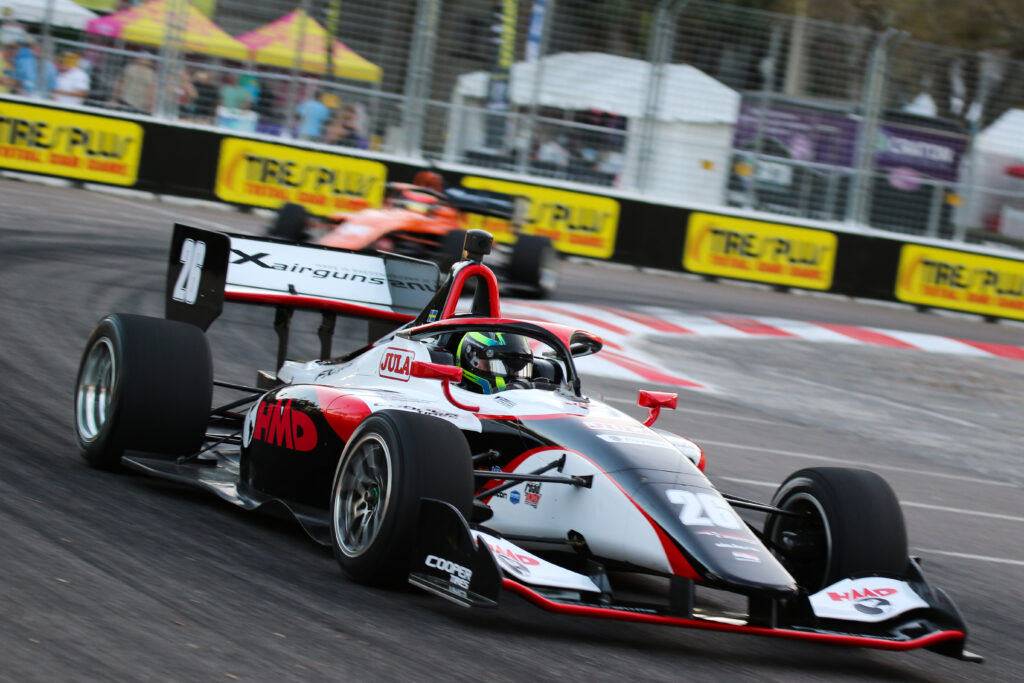
You might be wondering, why do we at Active Agile care about racing?
To quote John F. Kennedy:
“We choose to go to the moon in this decade and do the other things, not because they are easy, but because they are hard.”
You really don’t know if your stuff works, until you try it out. And one of the most challenging test grounds is racing. That is why we chose this as an early testing ground for Active Agile Leadership Skills.
There are a few reasons why racing is Agile on steroids.
From continuous to competitive grade improvements
Many companies celebrate the fact that they do continuous improvement. And rightly so since it is a critical strategic capability. But racing takes this up a notch: what matters is not the improvement you do but the fact that you improve more than your competitors.
Data doesn’t tell you what to do
One of the most fascinating aspects of racing is how the decision is being made on how to set up the car. Top racing teams are incredibly data driven. That said, when deciding what changes to do to the car, it is ultimately a human decision. It’s a decision based on multiple sources, data from the car, the driver’s experience of the handling, the environment and your strategy under time critical conditions.
Apply systems thinking
“If you are going to beat Mercedes, you need to fire on all cylinders.”
Christian Horner, Team Principal Red Bull, F1
Winning in racing means being better at applying systems thinking, learning to put together all factors, when it matters, to give you an edge of maybe a tenth of two per lap. This means that all components, from software to hardware, driver, car, team – need to work together under uncertain conditions producing the desired effect.
Apply both strategy and tactics
To win over a racing season means learning to successfully use both strategy and tactics, under time pressure, to shift the odds in your favor. While a single race certainly can be influenced by chance, the outcome of a race season isn’t determined by luck. The interesting thing to learn from racing is how strategy isn’t “the grand plan” made once a year and only a few people know about, but rather, it’s a dynamic set of hypotheses that everyone in the team knows about, refined with feedback from every race, with the decision to pivot, or not. Strategy and tactics are interwoven, dynamic, and only teams that master both stand a chance of winning a race season.
We have supported the journey of Formula Racer Linus Lundqvist from the early days in go-cart to where he is today, competing for the Indy Lights championship. The support has come in different form over the years, depending on the need. When Linus won his first Formula title, his team did it using many of the tools we now teach in Active Agile Leadership Skills.
Three races remain in the 2022 season. Follow the thrilling journey all the way to the finish line at Indy Lights and linuslundqvist.com.
Other news:
- The first German public course of Actve Agile Leadership Skills is now running with the brilliant Julia Kümmel, ex head of Digital Marketing @ Zalando. It starts on September 30th.
- Active Agile is now operating in six countries: Germany, Denmark, Finland, Estonia, France and Sweden.